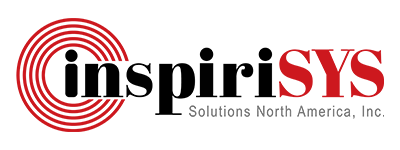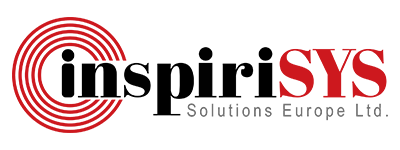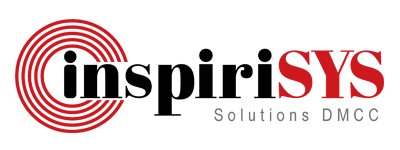What comes to your mind when we say ‘diversity’? You would have reminisced your civics class, where you studied the concept of diversity. It wasn't just a chapter in a textbook; it offered a glimpse into a world where differences weren't just acknowledged but celebrated. Fast forward to today, the spirit of diversity is no longer confined to the academic texts – it's a pulsating reality in the workplace ecosystem.
As we delve into diversity in the workplace, we will shed light on all the important aspects of diversity we learned during school and see how to play it out in modern organizations.
From the profound impact of diverse perspectives to fostering a culture of inclusivity, we will navigate through this terrain where diversity spreads across workplace culture and leads to success in the corporate world.
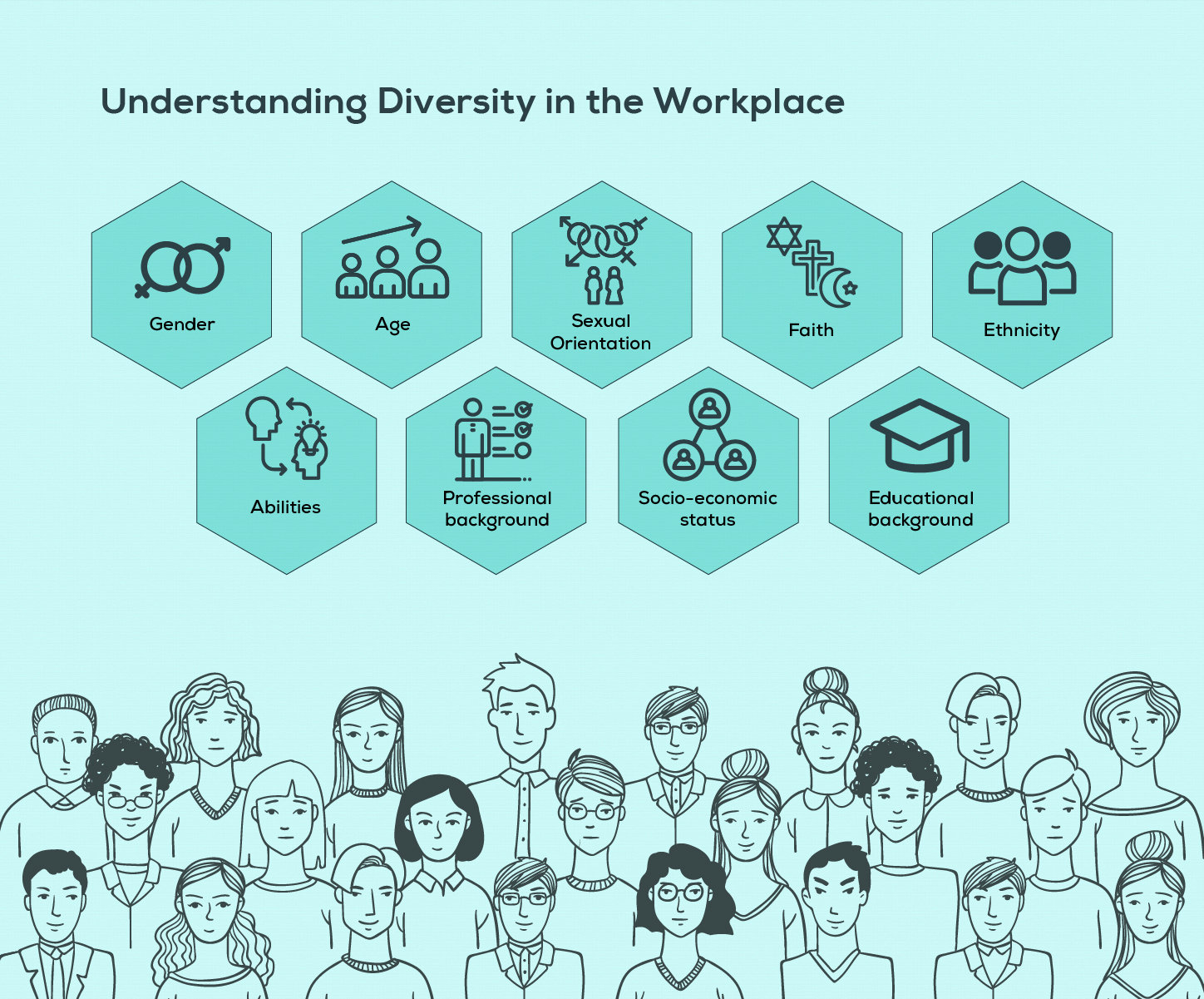
Let us understand what diversity truly means in the work environment.
What is Diversity and Inclusion?
An organization with workplace diversity is one where employees with a wide range of characteristics and experiences work together. While diversity was once primarily associated with addressing racial or ethnic differences, it has now expanded to a broader range that covers gender, age, sexual orientation, physical abilities and disabilities, religions and political beliefs.
Inclusion is another aspect that goes hand-in-hand with diversity. It comprises equal opportunity to education, socio-economic background, resources, opportunities and many more.
Why Does Workplace Diversity Matter?
In today’s times, workplace diversity has become a necessity connecting society and the global market. Diversity in a workplace fuels innovation and creativity. It also helps in improving decision-making, enhances productivity and leverages the unique strengths of individuals. In 2019, McKinsey & Company conducted research that confirms these benefits.
Furthermore, when organizations embrace diversity, they attract top talent and foster a sense of belonging that boosts employee satisfaction and loyalty.
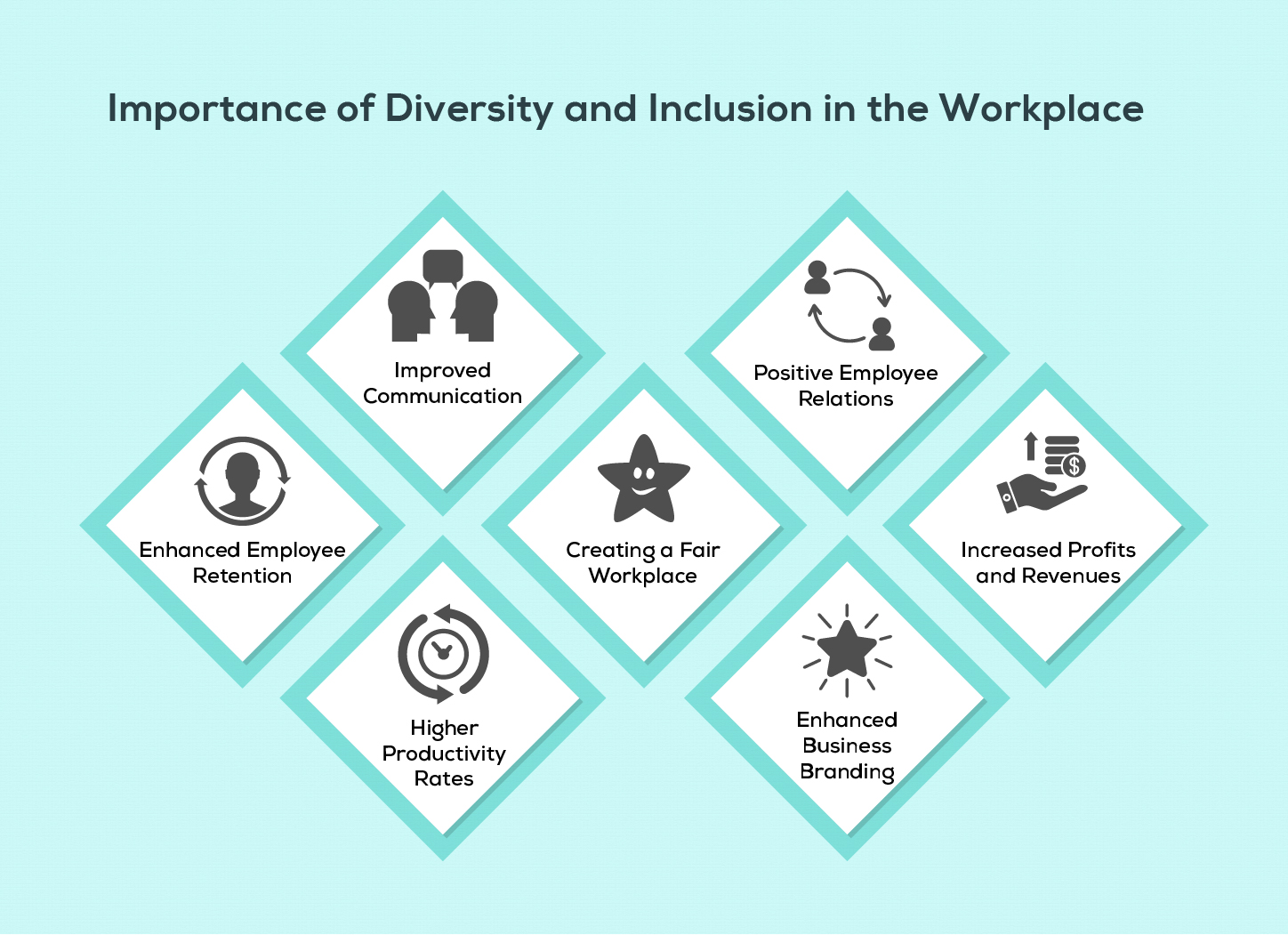
Common Types of Diversity
In a broader sense, there are four types of diversity; internal, external, organizational and worldview.
Internal Diversity
Internal diversity refers to innate traits or characteristics that an individual possesses since birth. These could involve gender, race, ethnicity, sexual orientation, physical abilities and nationality. Notably, these characteristics are designated under protected characteristics which are outlined in the Universal Declaration of Human Rights.
External Diversity
External diversity covers the experiences, circumstances and attributes that were not inherited since birth. This includes factors like socio-economic status, education, marital status, religion, appearance, or location. These factors are dynamic and can be consciously altered or modified over time.
Organizational Diversity
Organizational Diversity refers to the distinctions in job roles, professional backgrounds, seniority, departmental affiliations or managerial levels. Very often, particular departments or hierarchical tiers within the organization may display homogeneity, where individuals have similar backgrounds, appearances and experiences.
Perceptual Diversity
Perceptual diversity discusses worldview perception. It covers a broad range of beliefs, political aspirations, culture and travel experiences. Individual perspectives change the worldview and cultivate an innovative, inclusive workspace with a forward-thinking approach. It impacts how we interpret and perceive the world and contributes to the richness of worldview diversity.
Examples of Workplace Diversity
Diversity, or the absence thereof, exhibits itself in various ways within the workplace, and perceiving homogeneity can be subjective. It prompts us to stop and ponder as to what is the true significance of diversity in this context.
Often, people unconsciously restrict diversity to one or two dimensions. Yet, in any given situation, there's always an opportunity to enhance diversity, be it within a team, decision-making process, planning phase, or during a conversation.
Let's explore different facets of diversity within the workplace.
Cross-Functional Diversity
Cross-functional representation is a form of diversity that is always taken for granted. Imagine this as a flavourful dish that has all the ingredients mixed in it. Similarly, when a workplace has diversity it benefits the team and the organization with diverse skills and perspectives resulting in a well-rounded and collaborative environment.
Racial and Gender Diversity
Consider a marketing team responsible for creating an advertising campaign targeting a diverse audience. Without adequate representation of different races and genders within the team, developing a campaign that resonates with all segments of the audience becomes difficult. Diverse perspectives on racial and gender-related issues enable the team to craft messages and visuals that are inclusive, culturally sensitive, and relevant to the target audience, resulting in the enhanced effectiveness of the campaign.
Socio-economic Diversity
In many professional settings, individuals often share similar income bands and economic security, leading to a narrow perspective on elements like value, pricing, and relevance. Identifying and incorporating socio-economic diversity is fundamental for a more holistic understanding.
Educational Diversity
Scrutinising the team's educational background is another dimension of diversity. Are all team members from one or two specific schools, or have some individuals navigated through community colleges or alternative educational pathways? Diverse educational backgrounds bring varied perspectives and approaches.
Professional Journey
Work experience is yet another significant factor, specifically in large firms with rigid career tracks. Recognizing and valuing diverse career paths, including those who have taken unconventional paths, enriches the collective expertise within the team.
Geographic Diversity
The geographic and cultural background of team members is vital. Even within a single country, various groups originating from diverse geographic areas contribute unique insights. Understanding and embracing these regional differences improves the overall richness of perspectives.
Benefits of Workplace Diversity
Studies show that organizations that adopt a diverse workforce where a group of people are diverse in gender, race and age, perform extremely well in terms of decision-making, experience and profitability.
Here are some effective ways that workplace diversity can benefit organizations.
1. Mitigated Group Thinking
Group thinking is one phenomenon where individuals refrain from disagreeing or expressing their thoughts during a discussion. Although it may look harmonious to avoid conflict, it hinders diversity at work. Having diverse teams will provide an array of fresh perspectives and new ideas that come from varied experiences and skill sets.
2. Boosts Creativity and Innovation
A diverse workforce provides innovative solutions, where individuals come up with varied problem-solving skills resulting in greater success for the organization. There is no dearth of creative minds, who with their unique approaches to overcoming challenges benefit the organization at multiple levels.
3. Better Decision-making
Sometimes making wise decisions may seem very stressful. But when you have diverse minds who can offer robust and effective solutions and whose comprehensive analysis can lead to making informed decisions and reducing potential risks, considering new solutions is worth it.
4. Adaptability to Change
A diverse group consisting of critical thinkers are naturally adaptable and capable of adjusting their strategies based on new information. Change is inevitable in a diverse workforce and this adaptability becomes a valuable asset for steering into evolving market trends and industry landscapes.
5. Expanded Market Reach
The more diverse the workforce, the easier it is to meet the needs of a varied customer base. With its diverse workforce, organizations can gain access to valuable insights into a spectrum of cultural preferences, needs and expectations. This enhances the development of products and services and overall customer satisfaction.
6. Increased Employee Engagement and Retention
In organizations where employees feel valued and respected, the retention rate naturally increases. Promoting inclusivity in the workplace uplifts individual morale and nurtures a strong feeling of community among employees. Ultimately employees are more engaged within the organization, which organically reduces the employee turnover rate.
A survey conducted by Glassdoor revealed that 76% of job seekers consider diversity to be the most important aspect when evaluating job offers.
7. Great Brand Reputation
When organizations prioritize diversity and inclusivity, they cultivate a positive reputation. Not only do job seekers seek amicable and diverse workspaces but customers are also attracted to organizations that embrace diversity and inclusivity. The customers in turn support such organizations that are committed to building an all-inclusive environment.
8. Global Outlook and Cultural Proficiency
When organizations welcome a diverse workforce, it paves the way to witness and embrace various cultures, customs and perspectives. This exposure not only nurtures cultural competence it also enhances employees' grasp of global markets encouraging collaboration in the interconnected world.
9. Increased Profits
Organizations that embrace diversity and inclusivity in the workplace witness increased employee productivity, leading to improved financial performance and higher profits.
Challenges in Achieving Workplace Diversity
Any kind of transformation inevitably comes with its challenges. These challenges may not be difficult to overcome if there is a collective effort from everyone in the organization. Let us understand the challenges that may hinder diversity in the workplace.
1. Immigration Hurdles
Organizations may encounter some challenges when hiring people from different countries due to immigration rules. Hiring becomes complicated when the best fits among the many interviewed, hail from different countries. Very often organizations take an easy path by picking the low-hanging fruit. They choose candidates closer to home to avoid complications. This leads to missing out on the best candidates.
Organizations may consider requesting support from the government to streamline hiring from different countries and make hiring hassle-free. Alternatively, organizations can consider options like full-time remote work leveraging numerous digital tools.
2. Work-Style Clash
This could be the most common scenario that the organization may face. There is always a possibility of generational clashes both in personal and professional environments. For instance, the tech-savvy approach of a Gen Z candidate might clash with the traditional methods favoured by a seasoned Gen X employee.
However, this challenge may not be that difficult to address. It may just need a mindset that celebrates differences and welcomes new approaches. Instead of following up with an argument employees can humbly ask for explanations and be open to amicability.
3. Stakeholders Resistance to Change
It is crucial to tackle this kind of challenge. Stakeholders who have been working in the organization for a very long time may often see ‘change’ as a risk factor and resist welcoming any transformative ideas. Providing sufficient significance to new hires or new ideas and explaining the future positive impacts may help in gaining stakeholder approval.
One major hurdle in welcoming talent-based diversity is unconscious bias, deeply ingrained in our thought processes and institutions, which can be addressed through training against it and fostering a conducive environment for all.
Want to know what unconscious bias looks like? Here you go.
Best Practices to Attain Workplace Diversity
Uplifting workplace culture, specifically in terms of diversity and inclusion, can be a challenging yet rewarding attempt. Although past attempts may have fallen short, the unending need for inclusive workplaces persists. There is no harm in embracing a fresh approach and acknowledging the fact that it is never too late to start. Organizations can initiate their transformative journey and promote diversity to cultivate a more inclusive and harmonious environment.
Listen to Gartner’s podcast on Inclusive Leadership for valuable insights into inclusivity.
Check out these effective ways to examine and transform your workplace into a more inclusive one.
1. Diverse Recruitment
Ensure diverse hiring by eliminating unnecessary blocks and reaffirming inclusive values in job descriptions. Epitomise diversity in both interview panels and potential hires. According to LinkedIn’s “The Future of Recruiting 2023” report, 20% of recruiting professionals see diversity, equity and inclusivity as a top priority.
2. Empower Employee Connections
Create an environment where employees can connect based on background ethnicity and shared interests. Creating spaces for employee resource groups fosters a sense of belonging and inclusivity for underrepresented groups.
3. Cultivate Inclusive Leadership
Organizations must cultivate inclusive leadership boards that are committed to equality and offer support to underrepresented individuals in their career journeys.
4. Foster Transparent Diversity
It is imperative to maintain transparency about diversity-building initiatives; actively seek initiatives from team members and implement meaningful changes based on regular discussions.
5. Provide Supportive Solidarity
Organizations must actively advocate against racism, discrimination, sexism, prejudice, and harassment. It is the responsibility of the organization to uphold human rights and create a safe, valued environment for its employees.
6. Encourage Open Dialogue
Welcome diverse perspectives by inviting contributions from all team members encouraging open discussions and learning the merits and demerits of your ideas to get fresh perspectives.
7. Explore the Impact
Discuss the benefits of diversity to the team, emphasizing the positive outcomes of having diverse workplaces and communicating the importance of inclusivity that aids in building trust within the organization.
Long-Term Prosperity with Diversity
In conclusion, embracing diversity is not merely driven by ethical considerations but it is now a strategic business decision. Organizations that extract greater benefits from their diverse teams are more likely to thrive, innovate and achieve sustained profitability. In essence, diversity isn't just a moral imperative—it's a proven pathway to enduring success in the modern business world.

